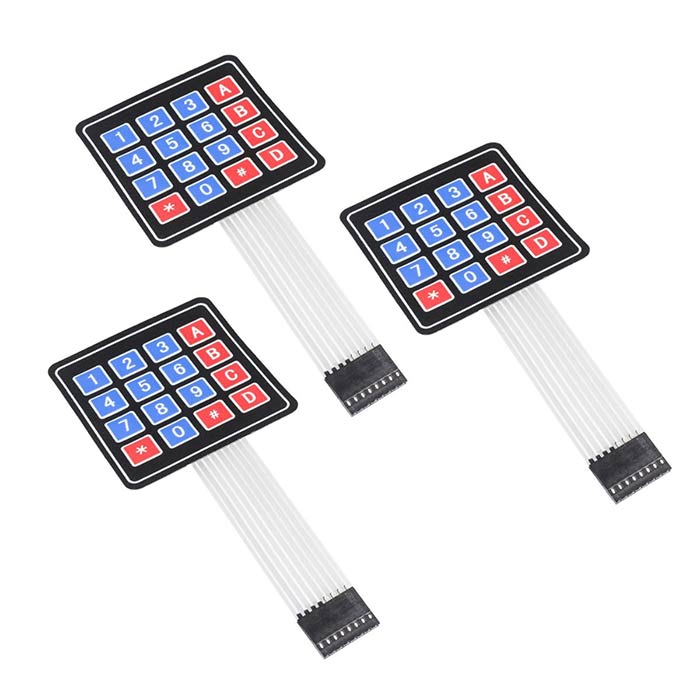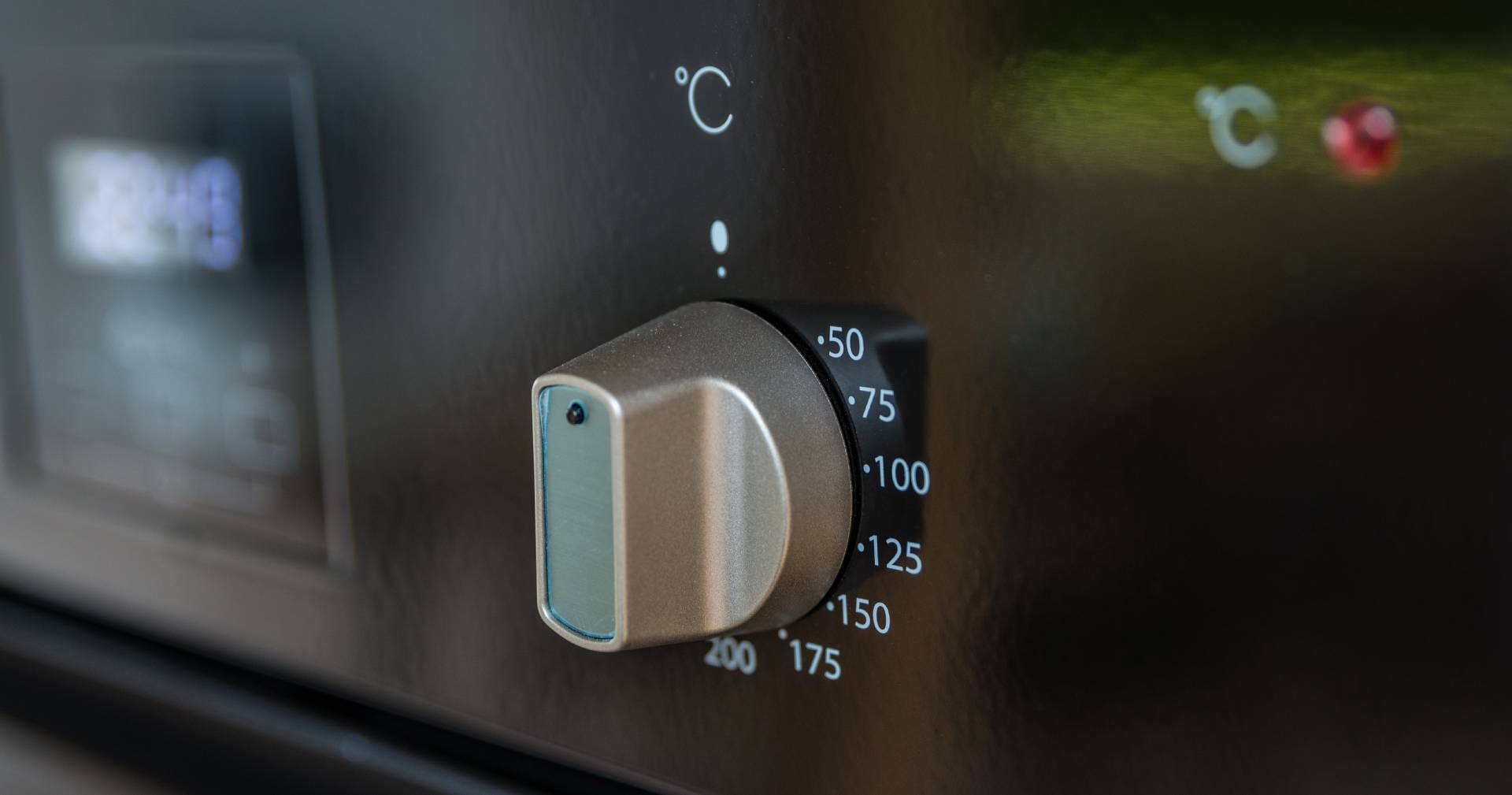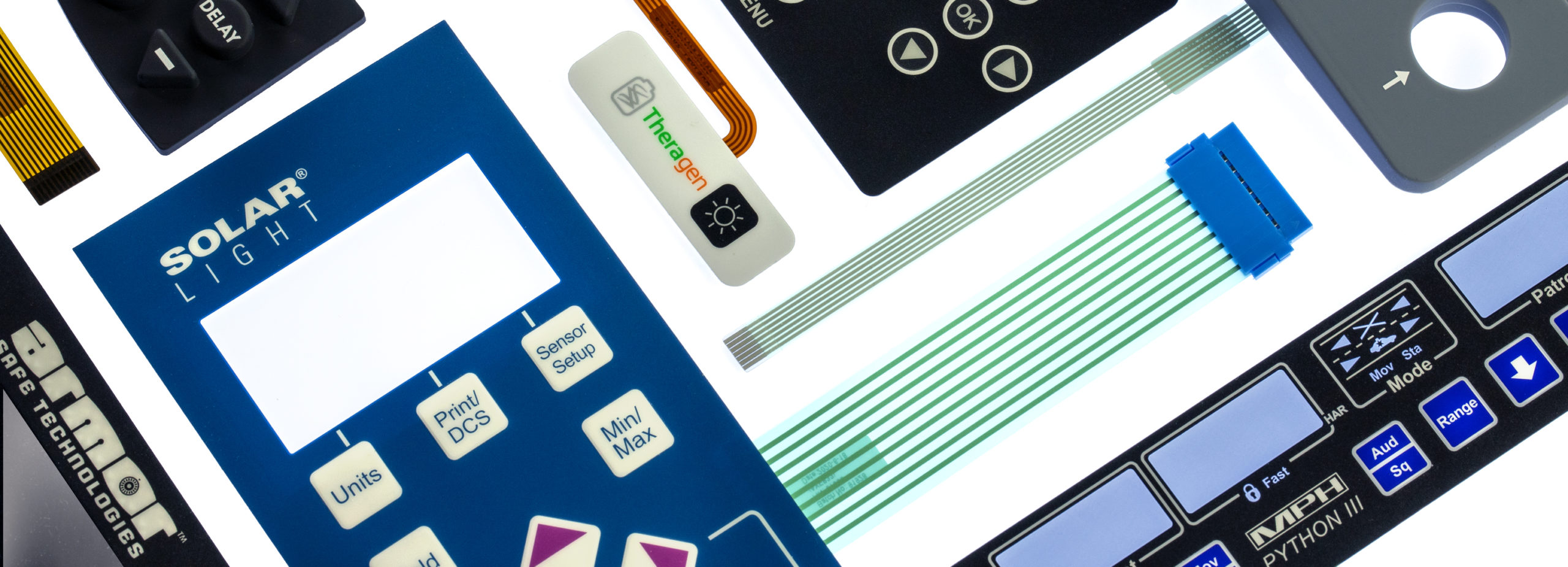Everything About Membrane Switch Over: Understanding Its Style and Performance
When you think of the control interfaces in contemporary tools, membrane layer switches frequently come to mind. These elements are greater than simply buttons; they mix layout and capability flawlessly. Comprehending how they work and what makes them effective can transform your point of view on day-to-day electronics. There are nuances to their layout and efficiency that you might not be conscious of. Let's explore what collections membrane layer changes besides various other control systems.
What Are Membrane Buttons?

Their smooth nature makes them easy to clean and immune to dust and wetness, an important attribute in lots of atmospheres. Membrane layer buttons can additionally be personalized concerning shape, dimension, and graphics, enabling producers to create one-of-a-kind interfaces tailored to specific items. Plus, they're lightweight and slim, which assists in minimizing the overall bulk of devices. In general, membrane switches play a considerable duty in improving user experience throughout a large range of applications.
Exactly How Membrane Layer Switches Work
When you push a key on a membrane layer switch, it triggers an uncomplicated yet effective device. The top layer, often made from flexible material, lowers onto a conductive layer beneath it. This action bridges the gap between conductive traces, finishing an electrical circuit. As soon as the circuit closes, it sends a signal to the gadget's controller, which analyzes your input.
You'll observe that the tactile responses differs based upon the button design, offering either a soft click or a more pronounced reaction. When you launch the trick, the membrane returns to its original position, reopening the circuit and quiting the signal. This procedure takes place nearly immediately, guaranteeing a responsive individual experience.
Membrane switches are prominent as a result of their resilience and resistance to dust and moisture, making them optimal for numerous applications, from home devices to clinical gadgets. Understanding this operation helps you appreciate their widespread usage.
Key Parts of Membrane Layer Switches
Recognizing the crucial components of membrane layer buttons is essential for comprehending their functionality and style. The protective layer shields against environmental factors and wear, expanding the switch's life-span. By comprehending these components, you'll get insight into how membrane layer changes run and their value in various applications.
Products Made Use Of in Membrane Layer Switch Style
The performance and toughness of membrane layer switches heavily rely on the materials used in their style. You commonly run into polyester and polycarbonate as primary substratums as a result of their exceptional stamina and adaptability. These materials withstand scrapes and chemicals, making them suitable for demanding environments.
The conductive layers typically make use of silver or carbon, selected for their reliability and conductivity. membrane switch manufacturer. Silver provides exceptional performance, while carbon is a cost-efficient choice. For the overlay, you may consider a matte or shiny surface, depending on your aesthetic needs and customer experience
Adhesives play a necessary duty too; they bond layers firmly and ensure longevity. Make certain to select adhesives that endure environmental elements like temperature and moisture. Ultimately, don't neglect the importance of a great printing method for graphics, as it improves both capability and visual charm. Choosing the best materials will ensure your membrane switch stands check this the test of time.
Style Considerations for Membrane Buttons
While designing membrane switches, it's vital to take into account numerous elements that affect their performance and customer experience. Begin by focusing on the format and button size; make certain they're intuitive and simple to browse.
Validate your design accommodates environmental elements, like wetness or temperature variations, which could affect efficiency. By very carefully thinking about these components, you'll produce a membrane layer button that boosts use and complete satisfaction.
Applications of Membrane Buttons
Membrane switches are functional elements located in numerous applications, from commercial tools to customer electronic devices. You'll see their effect in equipments that need long lasting user interfaces and in gadgets that benefit from streamlined layouts. Understanding these applications helps you appreciate the functionality and practicality of membrane layer buttons in daily technology.
Industrial Devices Use
When you're aiming to enhance the capability of industrial equipment, membrane switches supply a trustworthy option that combines longevity with easy to use design. These switches are best for harsh atmospheres, supplying resistance to dust, wetness, and chemicals. You'll locate them in control panels for making equipments, a/c systems, and medical devices, where accuracy and responsiveness are vital. Their low account suggests they fit effortlessly into different equipment, conserving important space while preserving ease of usage. With adjustable graphics and backlighting alternatives, you can develop an user-friendly interface for drivers, improving efficiency and security. And also, their long life-span pop over to these guys decreases upkeep costs, making them a smart investment for your commercial applications. Embrace membrane layer buttons to streamline your operations and enhance overall performance.
Customer Electronic Devices Integration
In the domain of consumer electronic devices, membrane switches play a vital duty in boosting customer interaction and tool functionality. You'll locate them in tools like microwaves, remote controls, and pc gaming consoles, offering a seamless means to communicate with modern technology. Their streamlined design permits easy combination right into different products, making controls instinctive and easy to use. With their capability to integrate graphics and backlighting, you can delight in a modern-day visual that matches the tool's overall look. Membrane buttons also assure longevity and resistance to dirt and wetness, extending the life expectancy of your electronic devices. By choosing membrane buttons, you improve not just the functionality yet additionally the design of your devices, making daily interactions smooth and satisfying.
Benefits and Drawbacks of Membrane Layer Buttons
While membrane switches provide an array of advantages, they also come with some drawbacks that you need to take into consideration. One substantial benefit is their portable layout, making them excellent for space-constrained applications.

However, there are negative aspects. Membrane layer buttons can have a shorter life-span contrasted to mechanical buttons, especially under hefty use. They can likewise be less tactile, which could impact user comments throughout operation. Furthermore, if damaged, fixing them can be challenging and commonly calls for total substitute. Eventually, their sensitivity to extreme temperatures and ecological problems may limit their performance in particular settings. Balancing these advantages and disadvantages will certainly help you determine if membrane layer buttons are the best suitable for your project.
Frequently Asked Concerns
How Much Time Do Membrane Switches Over Normally Last?
Membrane layer switches over usually last in between 5 to one decade, depending upon use and environmental problems. You'll desire to review variables like wear, direct exposure to wetness, and temperature changes to determine their long life effectively.
Can Membrane Switches Over Be Customized for Certain Layouts?
Yes, you can tailor membrane layer switches to fit details styles (membrane switch manufacturer). You'll have the flexibility to select shades, forms, and designs that match your project's requirements, guaranteeing they mix perfectly with your total aesthetic
What Is the Expense Variety for Membrane Layer Switch Over Manufacturing?
The price range for membrane button manufacturing commonly falls between $1 and $10 each, relying on factors like design complexity, amount, and products. You can obtain quotes from manufacturers to find the finest alternative.

Are Membrane Layer Switches Water-proof or Resistant?
Membrane buttons can be created to be water resistant or immune, depending upon materials used and building and construction approaches. If you need them for damp settings, guarantee you specify those demands throughout the design procedure.
Just How Do Membrane Switches Contrast to Standard Buttons?
Membrane switches are normally thinner and a lot read the full info here more adaptable than conventional buttons, using a smooth layout. They're commonly less complicated to cleanse and integrate, but may not offer the tactile responses you're utilized to with mechanical options.
Conclusion

Comments on “Product testing is a top concern when selecting a membrane switch manufacturer for custom devices.”